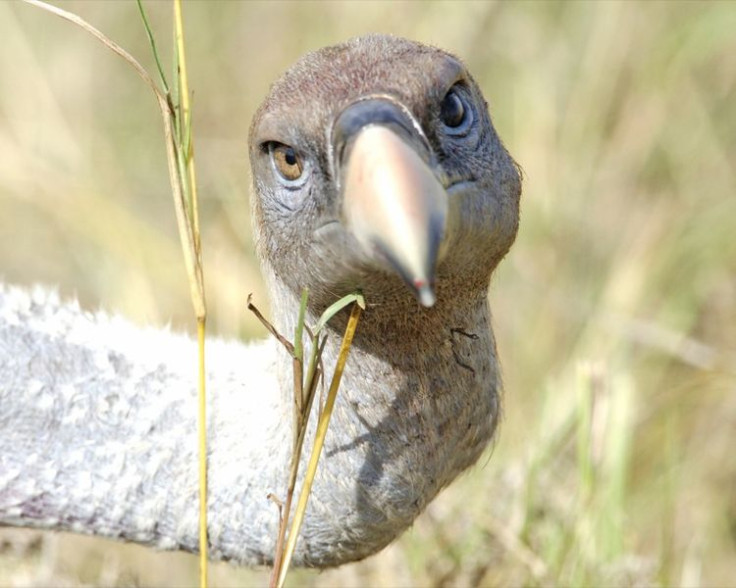This is what it's like to get eaten by vultures in the Serengeti [Video]
If you have ever wondered what it would be like to be eaten by vultures, wonder no more. National Geographic has released a film showing exactly how it would feel if a pack of vultures swept in and feasted on your remains.
A camera was attached to a wildebeest carcass and left in the Serengeti. Initially just flies circled the body but a group of vultures soon swept in, pecking at the wildebeest with increasing ferocity, tearing flesh from the corpse.
While fascinating, the film highlights a bigger problem. The team notes that in some areas, vulture populations have fallen by up to 95%. Mostly, this is due to habitat loss and being poisoned by humans. Vultures will feature on the cover of the magazine in January.
Earlier this year it was announced vultures in Africa were under serious threat – mostly from poisoning. An analysis of African vultures showed populations of seven species have fallen by at least 80% in just three generations.

Researchers from the International Union for Conservation of Nature's (IUCN's) vulture specialist group published their findings in Conservation Letters. They said, in many cases, vultures are killed by accident as a result of farmers leaving out poisoned carcasses in a bid to kill lions or hyenas. They are also used in traditional medicines.
"Vultures provide critical ecosystem services, yet populations of many species have collapsed worldwide. We present the first estimates of a 30-year PanAfrican vulture decline, confirming that declines have occurred on a scale broadly comparable with those seen in Asia, where the ecological, economic and human costs are already documented.
"We recommend that national governments urgently enact and enforce legislation to strictly regulate the sale and use of pesticides and poisons, to eliminate the illegal trade in vulture body parts, as food or medicine, and to minimise mortality caused by power lines and wind turbines."
© Copyright IBTimes 2025. All rights reserved.






















